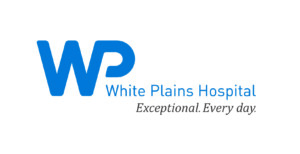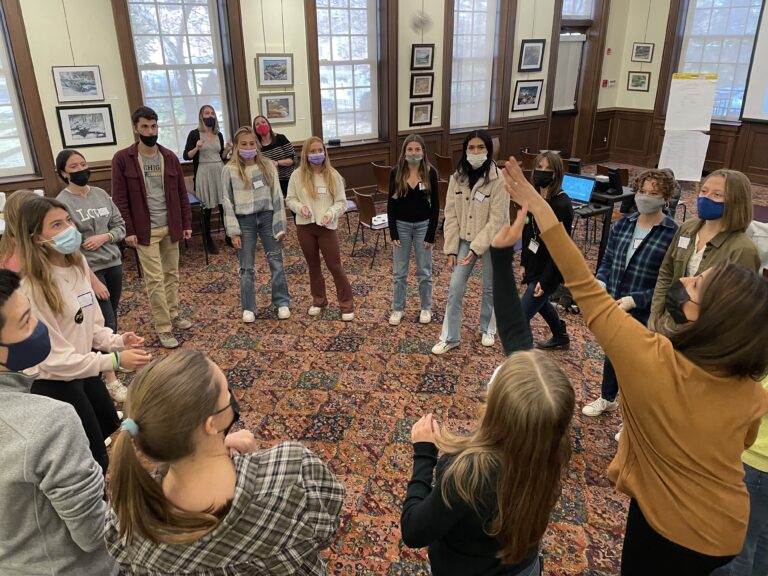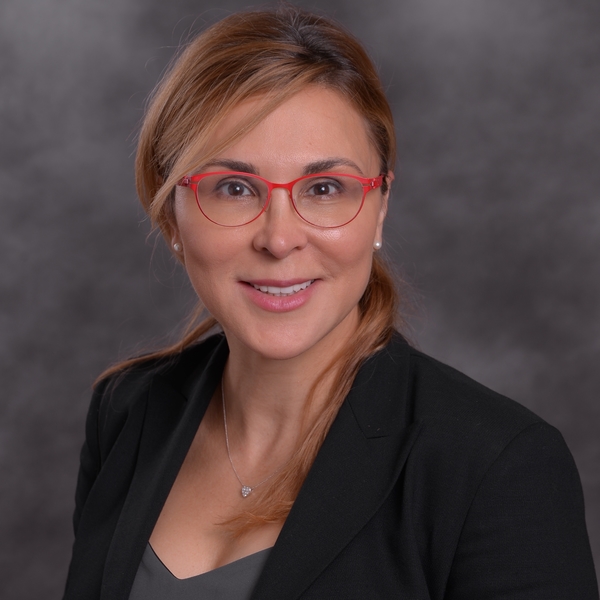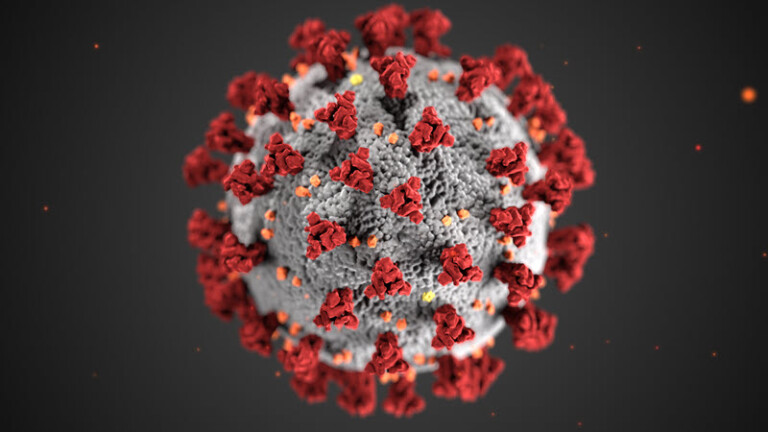Breast Cancer Awareness Month – The Importance of Early Detection in Young Women

Special promotional content provided by White Plains Hospital
Many people tend to think about breast cancer as a disease that only strikes middle-aged and elderly women. While statistics show that the majority of tumors are found in women over 50, younger women are not immune to the risk, says Dr. Caren Greenstein, Director of Breast Imaging at White Plains Hospital. “Today, we are seeing some younger patients, including some patients in their twenties, with breast cancer.”
Earlier detection for younger women
No one knows the exact causes of breast cancer, or why one woman develops the disease and another doesn’t. What doctors do know is that breast tumors are always caused by damage to a cell’s DNA. Most women will never be able to pinpoint the exact cause because breast cancer isn’t just one disease, explains Dr. Greenstein. There are many different types and the cause or set of causes is likely the result of multiple factors.
Guidelines for when to start regular screening often lead to different recommendations from medical organizations. According to Dr. Greenstein, this can be confusing and may deter some individuals from starting screening at a time when they have the best chance of early detection and possible cure.
 “The truth is, there is no such thing as any woman being low risk for breast cancer,” she notes. “The numbers tell us that one in eight women in this country will develop it.” Dr. Greenstein says at White Plains Hospital, the recommendation for healthy women without high-risk factors is to start getting mammograms yearly at age 40.
“The truth is, there is no such thing as any woman being low risk for breast cancer,” she notes. “The numbers tell us that one in eight women in this country will develop it.” Dr. Greenstein says at White Plains Hospital, the recommendation for healthy women without high-risk factors is to start getting mammograms yearly at age 40.
However, doctors suggest that certain groups of women with specific high-risk factors start even sooner – as early as age 30. Women who may be at higher risk include those who have a family history of breast cancer, especially if a first or second-degree relative developed breast cancer at a young age. Breast cancer in certain ethnicities, such as African American, Asian and Hispanic women, typically is diagnosed over a decade earlier than for Caucasian women (which is in their 60s).
For those women who may be considered high-risk, new legislation was passed last summer in New York State that that requires large insurance companies to cover mammograms in women aged 35 to 39 upon the recommendation of a physician, making early detection and treatment more likely. Prior to this law, large insurance companies were required to cover annual mammograms for women over 40. The legislation is called “Shannon’s Law” and it is named after Shannon Saturno of Babylon, Long Island. Shannon was a young teacher who was diagnosed with triple-negative breast cancer in 2013 while 26 weeks pregnant with her daughter. She passed away just three years later at age 31.
New technology, better detection
While women today have a choice of either a 2D or 3D mammogram for their screening, 3D is quickly becoming the recommended screening tool at most major medical centers, including White Plains Hospital. This enhanced form of imaging provides more detail than a traditional 2D digital mammogram, which is especially important for women with dense breast tissue typically associated with a higher risk of cancer, says Dr. Greenstein. Initial studies indicate that 3D mammograms are able to detect breast cancer at a rate 20-40 percent higher that 2D, and while that figure may be on the high side, Dr. Greenstein says, there’s no question that this new technology is better than 2D when it comes to detection.
Staying aware
About two-thirds of women in this country are getting regular screenings, according to Dr. Greenstein, which is always the best way to detect cancer early. However, it’s still important for women to pay attention to changes in their breasts, with or without a family history. Signs may include a lump, changes in and around the nipple, a retracted or sucked in area of the breast, a dimpling or puckering of the skin on and around the breast, and even focal pain. “About 70 percent of all breast cancer deaths occur in the small portion of the population who are not getting regularly screened,” Dr. Greenstein says.
October is Breast Cancer Awareness Month, which serves as a good reminder for women to get screened. White Plains Hospital has four easily accessible Women’s Imaging Departments, each offering the latest advanced technology including 3D mammography. Extended hours are also available at all four sites. To find out more or to schedule an appointment at White Plains Hospital Women’s Imaging Center at Rye Brook call (914) 935-0011 or visit wphospital.org.





